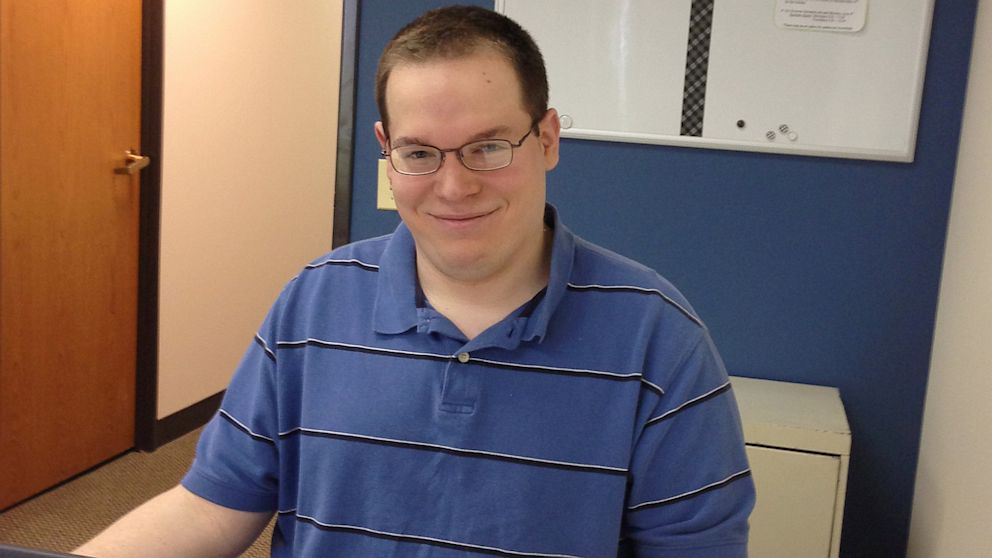Autism spectrum disorder is becoming increasingly common, with more children receiving diagnoses each year, yet this rise signals growing awareness rather than a cause for alarm. Understanding autism requires recognizing both its challenges and the unique perspectives autistic individuals bring to society.
A deeper dive into the prevalence of autism
Recent data from the Centers for Disease Control and Prevention (CDC) indicates that 1 in 31 children in the United States are diagnosed with autism spectrum disorder (ASD) by age 8, an increase from 1 in 36 in 2023. This steady rise in diagnoses reflects not only improved awareness and diagnostic practices but also a broader societal acknowledgment of neurodiversity. As a researcher and an individual diagnosed with Asperger’s syndrome, I have witnessed firsthand how these statistics intersect with personal experiences and community perceptions.
Autism spectrum disorder manifests uniquely in each person, generally impacting their social interaction, communication abilities, and behavioral traits. Several decades ago, autism was thought to be uncommon, with figures suggesting it affected as few as 1 in 500 children. Nevertheless, initial research from the late 1990s, including studies carried out in New Jersey, indicated greater prevalence rates, closer to 1 in 150 children. The creation of the Autism and Developmental Disabilities Monitoring Network by the CDC in 2000 enabled national surveillance, verifying that autism was considerably more widespread than previously understood.
Geographical and population characteristics impact the rates of occurrence. For example, California indicates roughly 1 in 19 children are affected by autism, while Texas shows a range from 1 in 51 to 1 in 103. In Arizona, the incidence closely matches the national average, standing at approximately 1 in 32. Although males continue to receive diagnoses more often than females, the disparity between genders has decreased, indicating a better understanding of how autism presents uniquely in each sex.
From diagnosis to societal acceptance
The increasing number of autism diagnoses shouldn’t be viewed exclusively as a detrimental development. A significant number of children on the autism spectrum are fully engaged in educational settings, athletic pursuits, and social interactions. Studies reveal that most of them aim to pursue higher education and build fulfilling careers. These achievements underscore the necessity of perceiving autism not just as a collection of difficulties, but as a broad range of distinct talents and prospects.
The evolution of diagnostic standards has broadened the scope of autism’s definition, facilitating earlier and more precise recognition across a diverse spectrum of behaviors. Concurrently, growing societal understanding has fostered an atmosphere where individuals on the autism spectrum are more prominent and integrated, both in media depictions and in daily communal interactions. Autistic characters frequently take on leading roles in movies and TV shows, offering viewers authentic and inspiring representations that dismantle antiquated preconceptions.
The value of autistic perspectives
People on the autism spectrum offer distinct perspectives and talents that enhance professional environments, social groups, and artistic pursuits. The capacity to discern recurring themes, conceptualize novel ideas, and tackle challenges from unconventional viewpoints has characterized numerous accomplished individuals with autism. For instance, Temple Grandin’s autism shaped her groundbreaking contributions to animal behavior, and Dan Aykroyd attributes his Asperger’s syndrome to fueling imaginative ventures like the movie “Ghostbusters.” These instances highlight how neurological diversity can foster both cultural and scientific advancements.
Acknowledging these advantages additionally guides policy formulation and urban development. Initiatives crafted to cater to varied requirements—like adaptable employment schedules, specialized academic assistance, and focused career development—empower autistic people to flourish in occupational and social contexts. Municipalities that secure autism accreditation demonstrate how local government efforts can foster sensory-aware, welcoming surroundings, guaranteeing wider availability of medical services, schooling, and leisure pursuits. Mesa, Arizona, for example, obtained this recognition in 2019, acting as an exemplar for other cities striving to assist their autistic inhabitants.
Fostering diverse communities
The increase in autism recognition provides an opportunity to reshape societal attitudes and infrastructure. Education systems must adapt to serve growing numbers of students with developmental differences, incorporating specialized training for teachers and tailored classroom accommodations. Healthcare providers, too, can implement practices that respond to the needs of autistic patients, emphasizing communication, understanding, and individualized care.
Workplace integration represents another vital domain. Initiatives focused on recruiting, educating, and keeping employees with disabilities, coupled with adjustments like telecommuting, foster financial independence and societal engagement. By attending to the complete range of requirements—spanning from schooling to careers to autonomous existence—society can foster settings where individuals on the autism spectrum thrive alongside their neurotypical counterparts.
Shifting perspectives on autism
Ultimately, the growing incidence of autism signifies more than just a statistical pattern; it mirrors heightened recognition, comprehension, and embrace. Autistic people, with their unique cognitive styles, provide significant contributions that enrich societies and question traditional methods of addressing issues. Perceiving autism from this perspective fosters a more welcoming and vibrant community, where variations are honored instead of being disparaged.
As children diagnosed with autism today grow into adults, it is imperative for policymakers, educators, employers, and community leaders to continue building structures that support lifelong engagement and success. The growing visibility and acknowledgment of autism invite society to harness the strengths of neurodiverse populations, ensuring that everyone has the opportunity to participate meaningfully in all aspects of life. By fostering acceptance and accommodating differences, we can create vibrant, inclusive communities where every individual’s potential is recognized and valued.
The evolving understanding of autism—its challenges, capabilities, and societal implications—demonstrates that neurodiversity is not something to fear but a powerful catalyst for innovation, empathy, and community growth. Recognizing the contributions of autistic individuals is essential to building a world where all perspectives can flourish.


